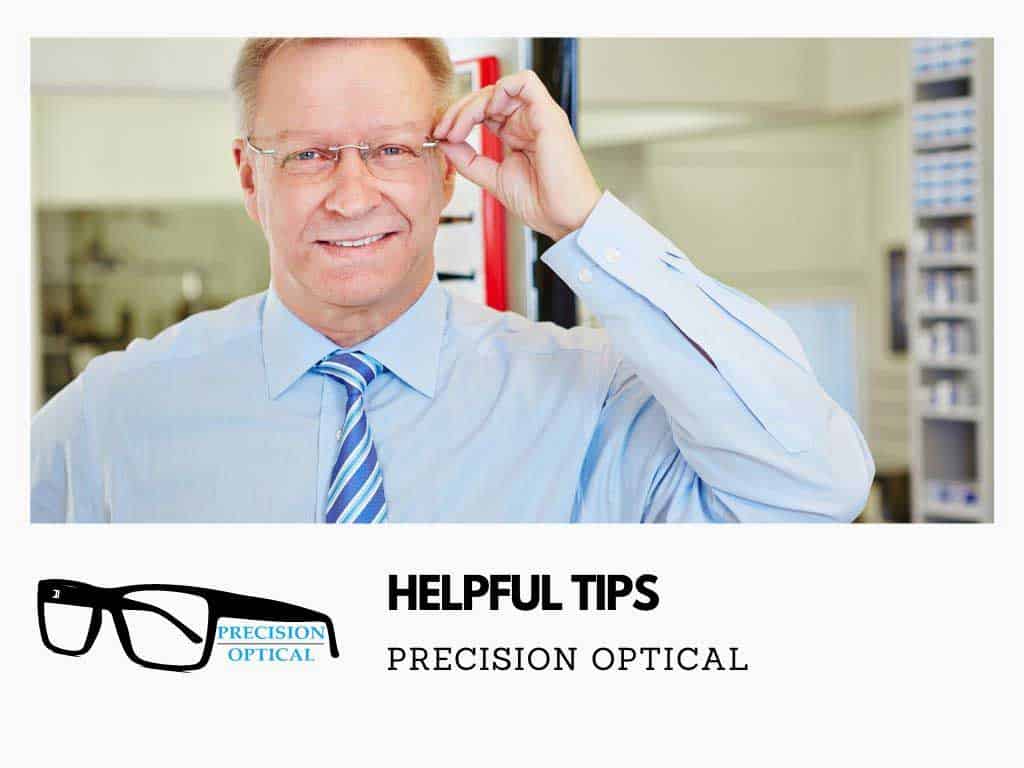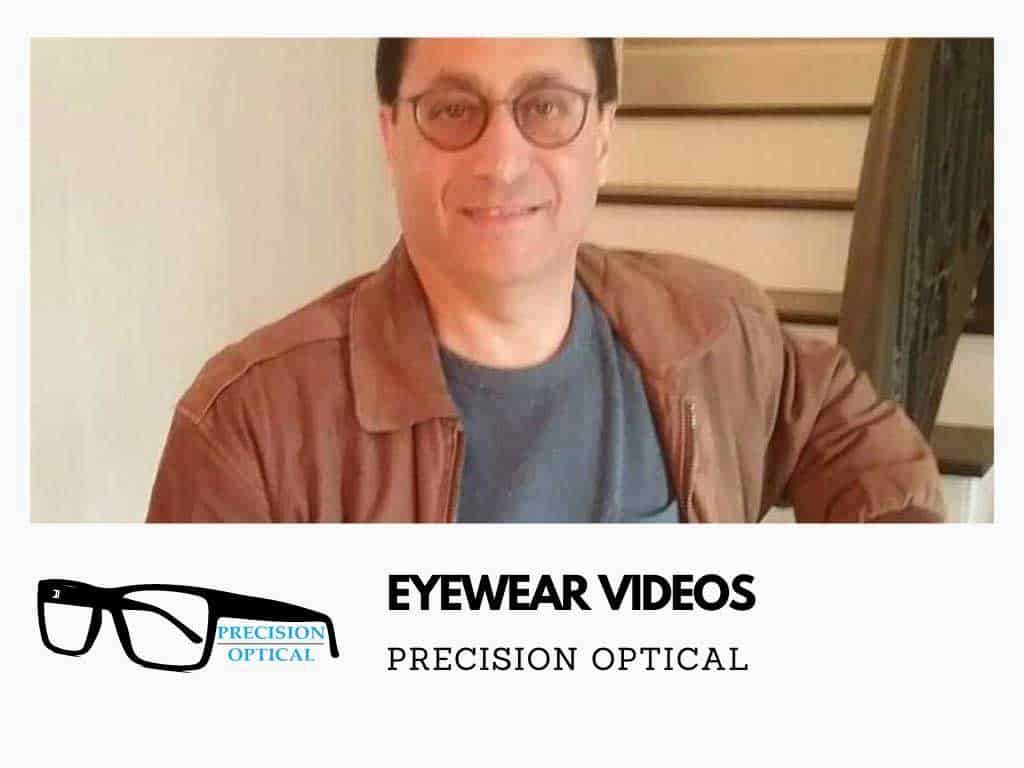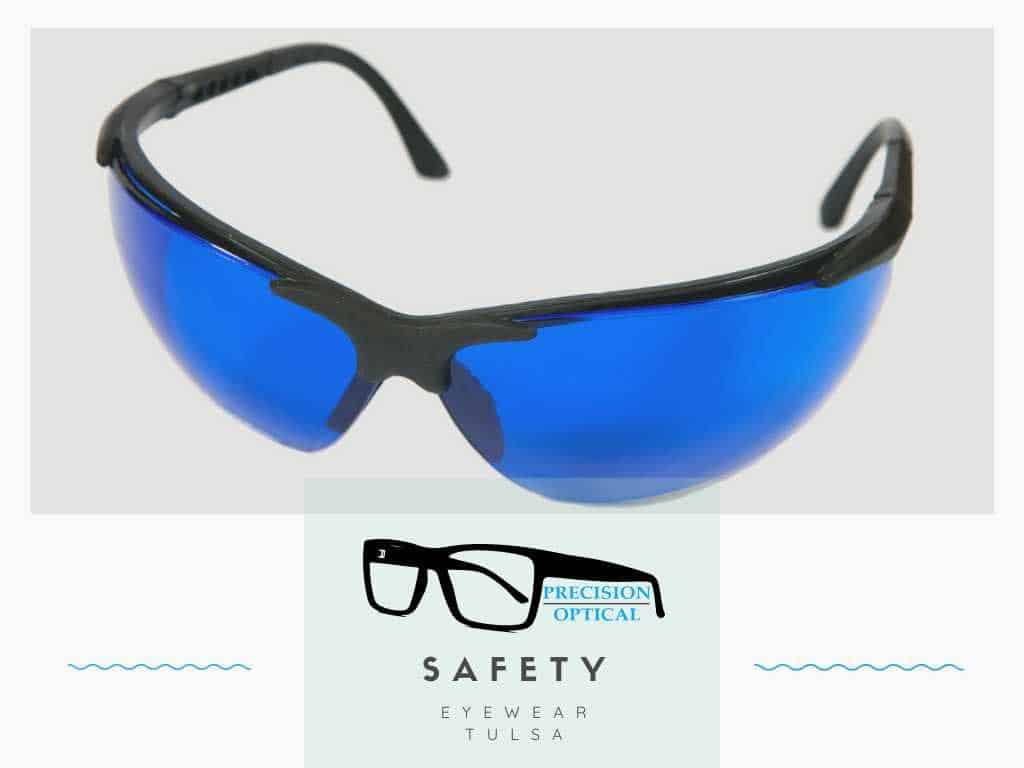Considerations In Choosing Which Pair of Glasses Is Right For You

1. How many and what kind of glasses do you need to fit your lifestyle?
Make sure to select proper size, shape, color, bridge width, and temple length when choosing frames. A proper fit is almost more important than how the frames look.
2. Trust your optician. George is a professional and experienced optician. He will help make the right selection according to factors such as RX strength, lens type, budget, face shape, hairstyle, and many other key factors.
3. Do you play sports? Use polycarbonate and/or Trivex in safety and sports eyewear or when one eye has little or no vision.
4. Anti-Reflection treatments have three main benefits for eyewear users.
- Light transmission through the lenses increases from 9% to 18%, depending on the material.
- A massive reduction in annoying and dangerous “ghost images.”
- Safer nighttime driving and better appearance due to both a and b.
Also remember, not all anti-reflection coats are the same, especially when considering durability.
5. Excellent vision is essential to safer driving. An essential second pair of glasses is the POLARIZED SUNGLASS. ONLY polarized sun lenses can block blinding, reflective glare from car hoods and windshields, etc.

With Transitions (lenses that darken in sunlight), you get reasonable light control, but they will not darken behind the wheel of a car.
Get a pair of polarized sunglasses, and if you want the best, we recommend Plano or prescription MAUI JIM sunglasses.
6. For folks that sit in front of keyboards and computers all day long and are suffering from CVS (computer vision syndrome), we have lenses specially designed to let you see your keyboard from the bottom of the lenses, the computer from the center and 10-13 feet around the room from the top of the lenses.
These are NOT for driving or distance but are left at the workstation.
Caring For Your Eyewear
1. There is NO such thing as SCRATCH PROOF lenses.
Therefore, to protect the eyewear investment, proper cleaning methods are in order, and not just to stop scratches, but also to prevent disease (bacteria buildup), and irritation around the eyes, nose, and ears.
Folks that seldom clean their eyewear allow the accumulation of dirt and filth to impair vision and make the overall wearing experience miserable.
2. Simply wiping your eyewear with your shirt will not properly cleanse them.
Instead, the proper way to cleanse is to rinse the eyewear in lukewarm water, then take dishwashing liquid (Dawn, Joy, etc.) and pour a small one-inch strip in the crease of your index and middle fingers and work up into a lather.
Massage this soapy solution onto the frame, lenses, nose pads, etc. Then, rinse a second time, including the hands.
Shake the frame once or twice and then gently blot/pat dry with a soft bath towel.
It’s worth doing once or so a day and works so much better than rubbing them on your shirt, and the scratching problem will become a thing of the past.
The Right Fit For Your Lifestyle

For the sports player, both young and old, the Liberty Rec Spec line of sports safety eyewear is precisely what you need. Wearing street glasses during sports activities is an accident waiting to happen.
We make the Liberty Rec Spec in prescription and non-prescription form using polycarbonate or Trivex lenses.
Did you know children receive 80% of their lifetime exposure to the sun before 18?
Because most of the damage caused by sun exposure shows up later in life, Transitions Polycarbonate is money well spent.
This way, they get 100% UV A/B protection and a measure of glare control.
Eyes can become sensitive from exposure to wind, smoke, pollen, dirt, and debris and while riding motorcycles or boating.
We have the WILEY X line of eyewear that was initially designed for the U.S. Military.
These frames feature a “sealed eye cavity” that is vented to reduce fogging.
These are great for people that have dry eye syndrome and folks that want full wrap-around eyewear.
They can be made to your prescription and are OSHA safety approved. WILEY X is excellent for shooting, hunting, and target practice and was tested by the military for ballistic protection.




